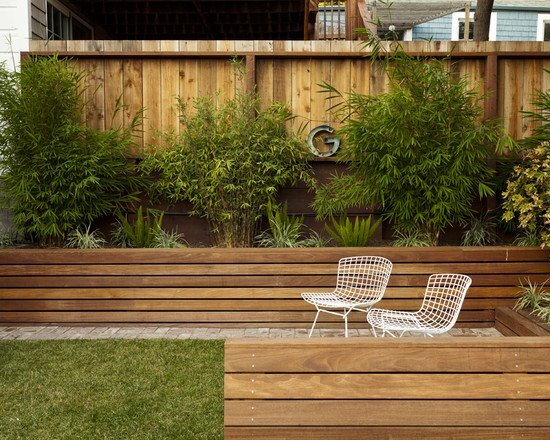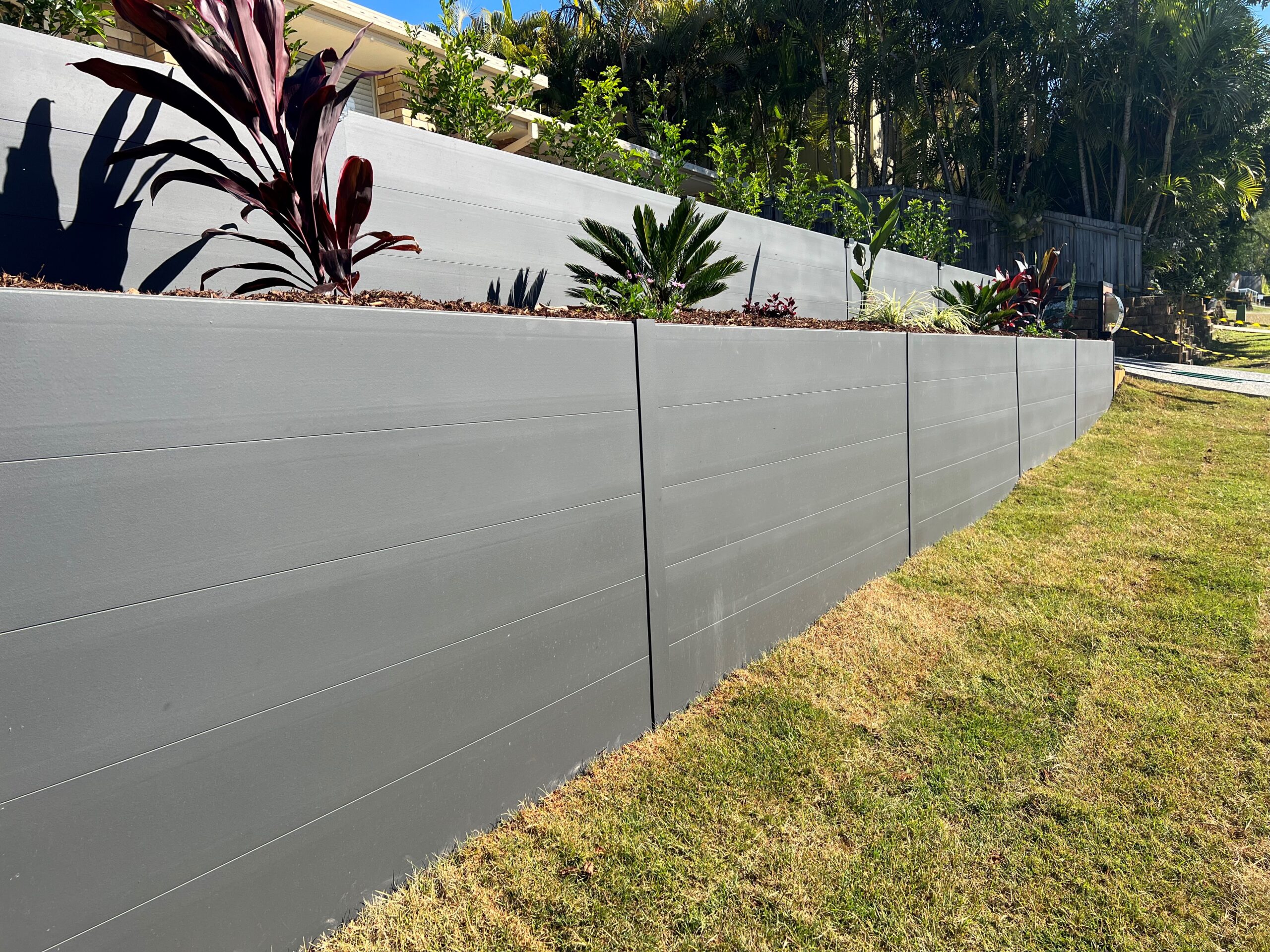Enhancing Building Stability: The Function of Retaining Walls in Soil Retention and Erosion Control
In the realm of building monitoring, preserving security and preventing disintegration are extremely important problems for homeowner and designers alike. Retaining wall surfaces stand as quiet guardians, playing an important duty in soil retention and disintegration control. Their importance prolongs past mere structural assistance, influencing the overall honesty and long life of a property. By exploring the nuances of various types, style factors to consider, building strategies, and maintenance tips connected with retaining wall surfaces, a deeper understanding of their crucial duty in enhancing property stability emerges. The elaborate dancing between design expertise and environmental harmony introduces a compelling narrative that highlights the crucial nature of maintaining walls in modern land monitoring.
Value of Retaining Walls in Stability
Preserving walls play a vital function in holding back soil, avoiding erosion, and developing level surfaces in sloped areas. By offering architectural assistance, preserving wall surfaces aid to redistribute side stress caused by dirt, protecting against landslides and slippage.
Retaining wall surfaces are particularly important in uneven or sloping surfaces where dirt disintegration is a typical event. Without appropriate support, soil disintegration can bring about the degradation of landscapes, jeopardizing the honesty of frameworks and positioning threats to occupants. Keeping walls act as obstacles, maintaining the dirt and avoiding it from changing downhill throughout heavy rains or various other environmental stress factors.
Additionally, keeping wall surfaces offer long-term advantages by reducing maintenance costs related to soil erosion and land instability. By buying well-designed retaining walls, homeowner can make sure the durability and sustainability of their landscapes while advertising a aesthetically appealing and secure setting.

Kinds Of Retaining Walls for Erosion Control
Frequently made use of in landscaping and civil design tasks, numerous kinds of retaining wall surfaces work as efficient solutions for disintegration control in varied terrain conditions. Gravity preserving walls are sturdy frameworks that rely on their weight to withstand the stress of the dirt behind them. They are suitable for low to medium elevation applications and are generally constructed from concrete or rock. Cantilever keeping wall surfaces, on the various other hand, are developed with a thicker base and use a bar arm to withstand the soil stress. These wall surfaces are frequently used in locations where space is restricted.
For taller wall surfaces or where room is a constraint, secured preserving walls are often used. When choosing the proper type of keeping wall for erosion control, elements such as soil make-up, wall height, and website problems have to be carefully considered to guarantee resilient security and efficiency.
Layout Considerations for Dirt Retention
The height and area of the preserving wall surface are important variables that affect the general layout. Designers have to a knockout post also think about the pressure exerted by the kept dirt and possible side lots to guarantee the structure's stability over time.
In addition, the material choice for the keeping wall is critical in boosting durability and capability. Concrete, lumber, gabion baskets, and natural stone are typical materials made use of in keeping wall building, each with its special benefits and factors to consider. Appropriate drainage devices, such as weep holes and French drains, need to be incorporated into the style to stop water accumulation behind the wall, which can lead to architectural failure and disintegration.
Building Methods for Keeping Wall Surfaces
When carrying out design considerations for reliable dirt retention, the building and construction methods for keeping walls play a crucial duty in guaranteeing structural honesty and long-term security. One typical strategy is the gravity wall, which depends on the weight and mass of the wall itself to stand up to the pressure of the preserved dirt.
An additional widely utilized building technique is the cantilevered wall surface, which makes use of a concrete piece foundation that expands in reverse into the kept soil. This design supplies extra security and is suitable for medium to high preserving wall surfaces. For taller frameworks, enhanced soil techniques such as using geogrids or soil nails can be used to improve the wall surface's strength and security.

Maintenance Tips for Residential Property Stability
To guarantee long-lasting residential property security, normal maintenance techniques are important for protecting the stability of keeping wall surfaces and protecting against disintegration issues. Evaluating retaining wall surfaces regularly is essential to recognize any go to these guys type of indicators of damage, such as cracks, protruding, or leaning. Any kind of problems must be resolved without delay to avoid further deterioration. Cleaning up the surface area of the keeping wall surfaces can additionally help maintain their architectural integrity by eliminating dust, particles, and plants that can damage the wall with time (Retaining Walls Sunshine Coast).
Along with visual assessments and cleansing, it is essential to check the drain systems related have a peek here to the retaining wall surfaces. Making sure that drains are clear of obstructions and operating properly can avoid water accumulation behind the wall surfaces, which can result in stress and potential failure. Properly working drain systems are important for managing water flow and minimizing the danger of disintegration.
Frequently keeping and keeping an eye on retaining walls according to these pointers can extend their life expectancy and contribute to the general security of the property.
Final Thought
In verdict, preserving walls play an essential function in boosting property security by avoiding dirt disintegration and retaining soil in location. Routine maintenance of maintaining wall surfaces is necessary to ensure lasting stability and protection against erosion.
For taller wall surfaces or where space is a restraint, anchored keeping wall surfaces are frequently used. These walls utilize wires or strips that are secured right into the dirt or rock behind the wall to offer added assistance. When picking the appropriate kind of maintaining wall surface for erosion control, elements such as dirt composition, wall surface height, and site problems should be meticulously considered to make certain lasting security and effectiveness.
One usual method is the gravity wall surface, which relies on the weight and mass of the wall itself to resist the pressure of the kept soil. Cleaning the surface area of the keeping wall surfaces can likewise aid maintain their structural integrity by eliminating dirt, debris, and plants that might damage the wall surface over time.
Comments on “How Custom Retaining Walls Sunshine Coast Can Enhance Your Landscape Layout”